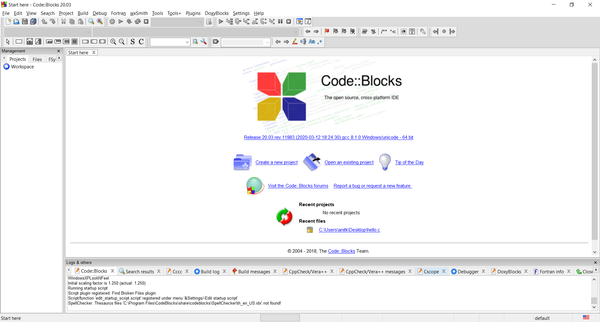Assignment Operator:
The simple assignment operator (=) assigns the right side to left side.
C++ provides shorthand operators that have the capability of performing an operation and an assignment at the same time.
For example:
int x=5;
x+=3; //It's mean x=x+3
x-=2; //It's mean x=x-2
x*=2; //It's mean x=x*2
x/=3; //It's mean x=x/3
Increment Operator:
The increment operator is used to increase an integer value by one, and is a commonly used C++ operator.
x++; //It's mean x=x+1
For example:
int x=10;
x++;
cout<<x;
Output:
11
The increment operator has two forms, prefix and postfix.
++x; //prefix
x++; //postfix
Prefix: Prefix increments the value, and then proceeds with the expression.
Postfix: Postfix evaluate the expression and then performs the increment.
Prefix example:
x=4;
y=++x; //x is 4, y is 5
Decrement Operator:
The decrement operator (-) works in much the same way as the increment operator, but instead of increasing the value, it decreases it by one.
--x; //prefix
x--; //postfix






